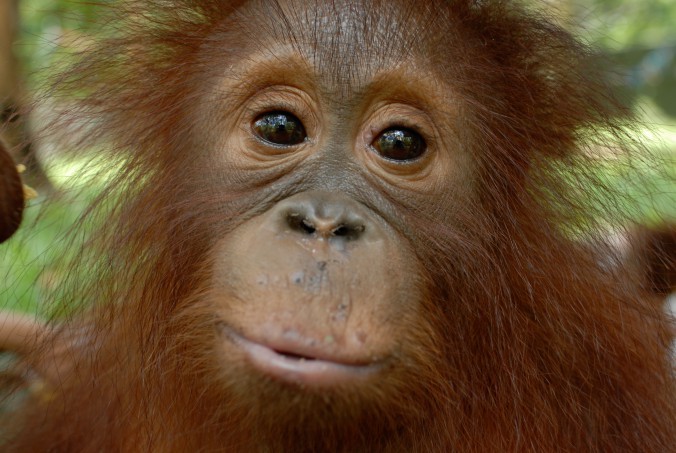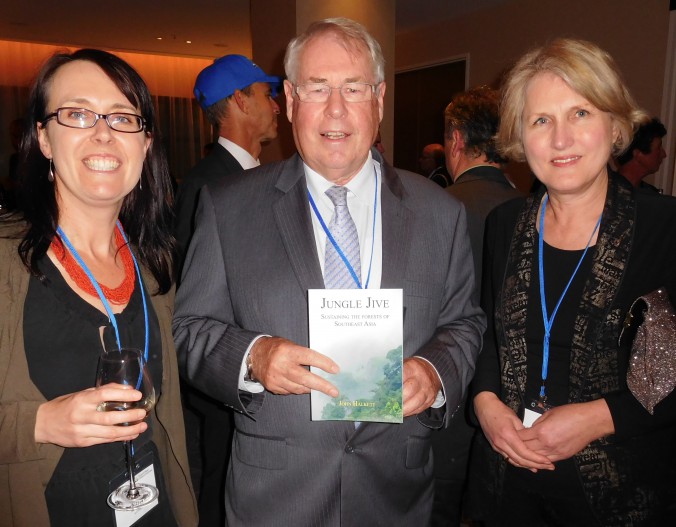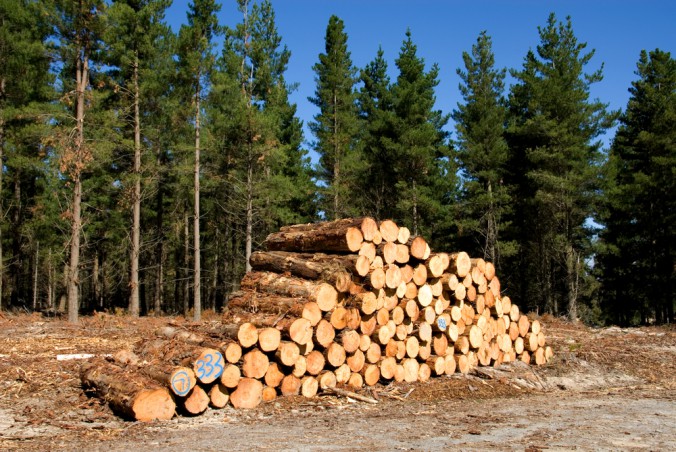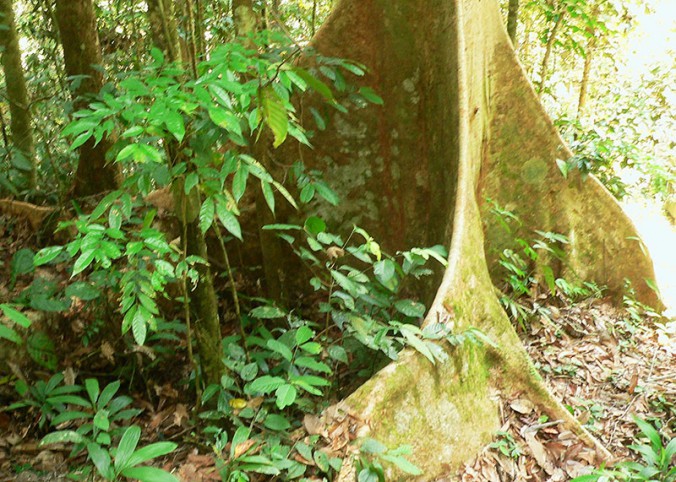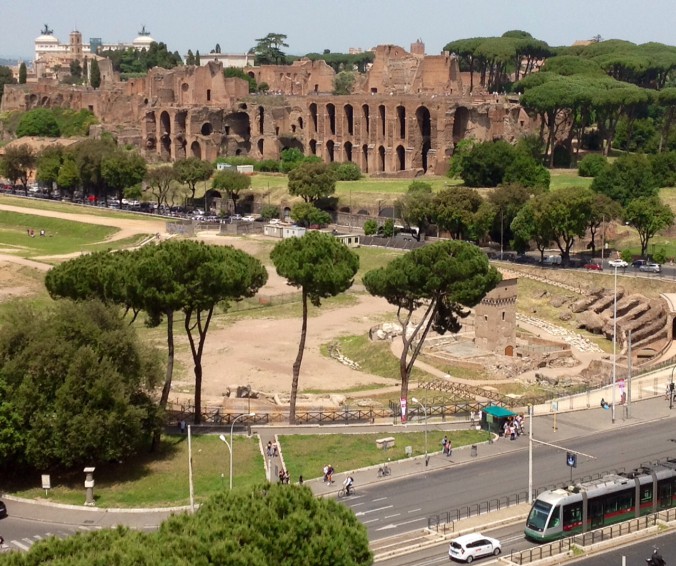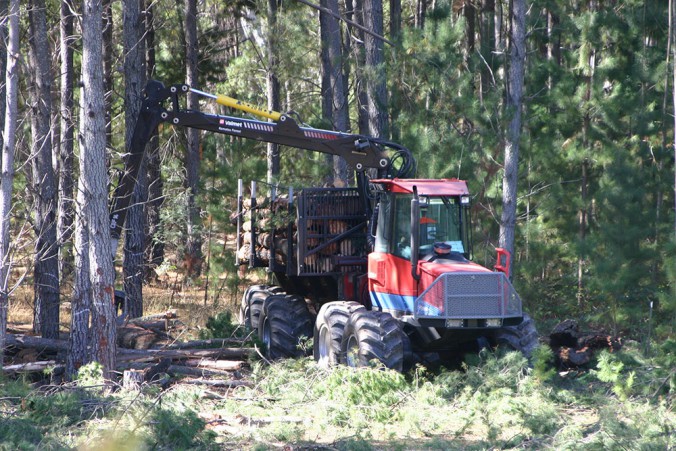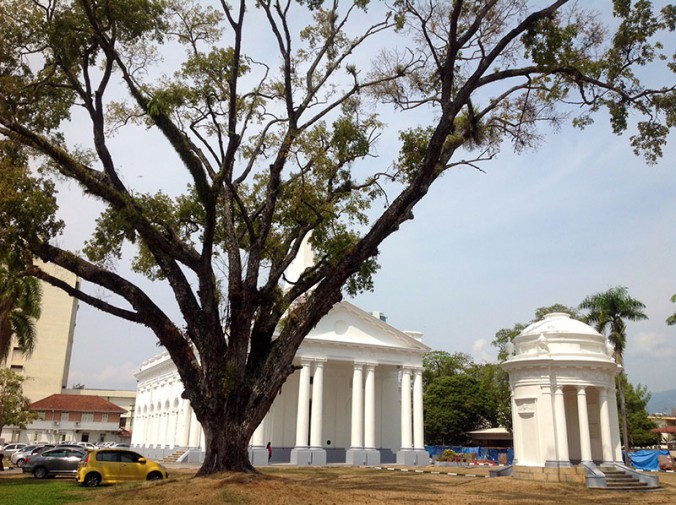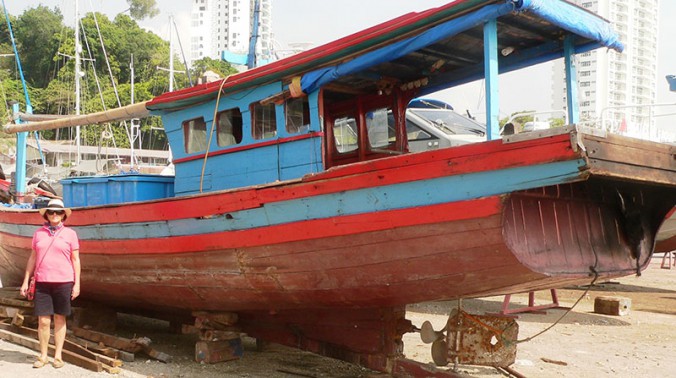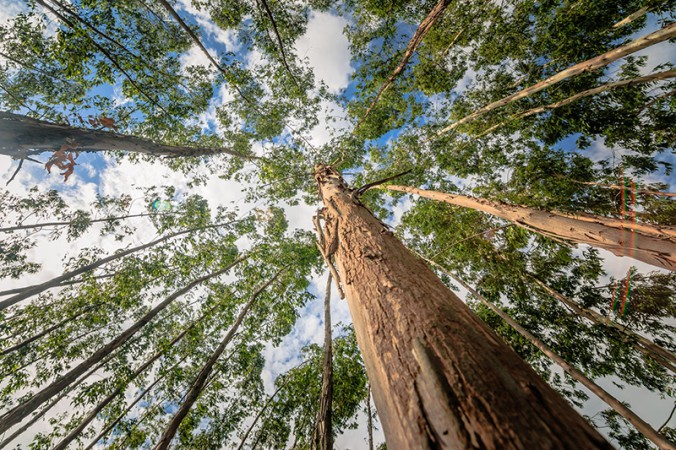The orangutan is perhaps the ultimate wildlife emblem of Southeast Asian jungles. Its compelling facial expressions and thoughtful, emotion filled eyes have instant appeal. The orangutan ranks amongst our closest relatives. Genetically they are about 97 per cent identical with us – they are intelligent, thoughtful and inventive. Now only in Borneo and Sumatra – the red apes, as they are sometimes called – possess a culture and a sense of beauty. Their name is composed of the Malay words for person (orang) and forest (hutan) that means person of the forest.
The orangutan is the world’s largest… Read more “Orangutans need trees”
